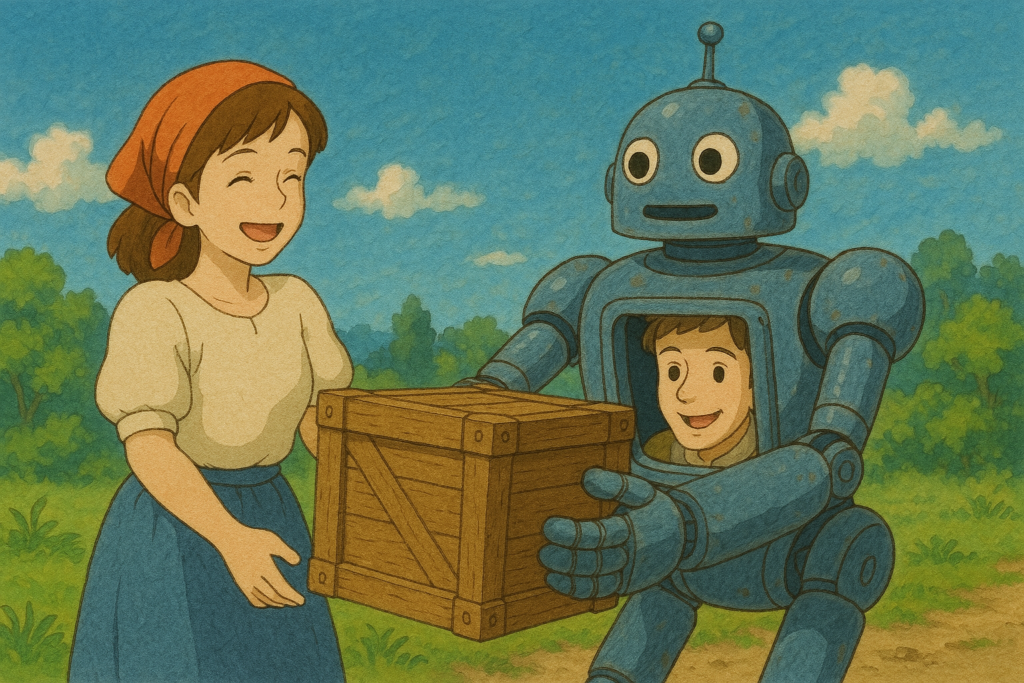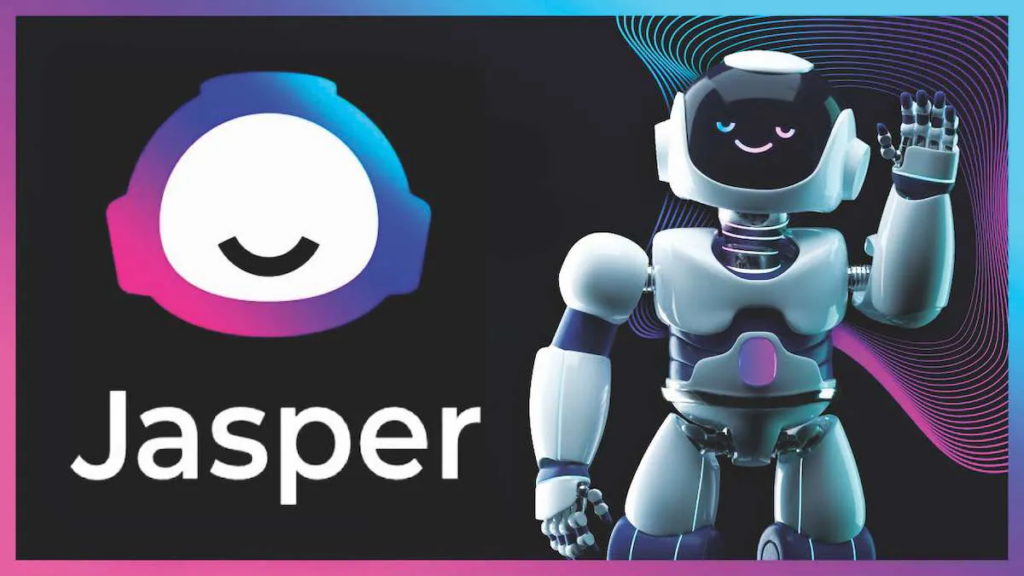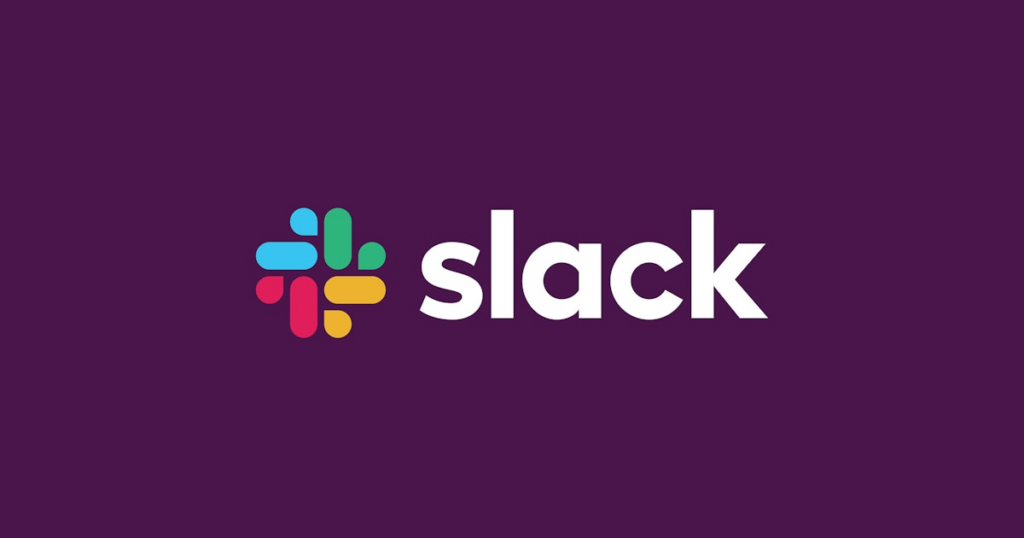“We see our customers as invited guests to a party, and we are the hosts. It’s our job every day to make every important aspect of the customer experience a little bit better.”
– Jeff Bezos, Founder of Amazon
A question that persistently confronts technology startup founders is:
“What is our core competitive advantage?”
While many technology entrepreneurs answer “our innovative technology,” the true key to business success may lie elsewhere.
Technology is the Means, Customer Satisfaction is the End
The development of innovative technology is undeniably important for tech companies. For AI startups in particular, applying cutting-edge algorithms, optimizing model architectures, and improving inference speeds are everyday challenges.
However, Jeff Bezos grew Amazon into the world’s largest company through ‘customer obsession.’ He consistently emphasized the principle to “work backwards from the customer.”
Technical excellence matters in the AI revolution era. Yet the notion that a single perfect AI model can solve all problems may be a dangerous illusion. Customer problems need solutions now, regardless of whether those solutions come from cutting-edge algorithms, human effort, or a hybrid of both. What matters most is solving customer problems and ensuring their satisfaction.
The Three Layers of the AI Ecosystem
The AI industry can be divided into three distinct layers:
- Infrastructure Layer: This includes GPU manufacturers like Nvidia and AMD, Google developing TPUs, and cloud infrastructure providers like AWS. They provide the hardware and basic computing resources for AI to function.
- Platform Layer: This encompasses foundation model developers such as OpenAI (GPT), Anthropic (Claude), Meta (Llama), and Cohere. They provide basic AI models and APIs for various applications.
- Application Layer: This includes AI services focused on specific use cases, such as Fireflies (meeting transcription), Jasper (content generation), Harvey (legal AI), and Synthesia (AI video generation).
Most AI startups operate in the Application Layer, which raises a critical strategic question: As an application company, should you obsess over technology, or focus on customer experience?
For companies in the Application Layer, capturing customer touchpoints is far more important than technical superiority. Let’s examine this through historical cases.
The Mechanical Turk: Lessons from the First ‘Artificial Intelligence’ Fraud

In the 1770s, Hungarian inventor Wolfgang von Kempelen created a chess-playing machine called ‘The Turk’ or ‘Mechanical Turk’ that astonished the world. An Automaton (a mechanical figure designed to move automatically) wearing a turban played chess against real people and won most games.
Historical luminaries including Napoleon Bonaparte and Benjamin Franklin faced this machine. Kempelen would show the inside of the machine to audiences before each demonstration to ‘prove’ there was no person inside.
In reality, however, the machine concealed a hidden compartment with a skilled chess master who controlled the chess pieces through an elaborate mechanical and magnetic system.
This ‘fake AI’ deceived people for over 60 years while providing an amazing customer experience—the equivalent of achieving perfect Product-Market Fit by today’s standards.
Interestingly, this case later became the namesake for Amazon’s crowdsourcing service ‘Mechanical Turk,’ which created a system where humans perform “Human Intelligence Tasks” that are difficult for AI to solve.
Amazon Go: Behind the Facade of Complete Automation

In 2018, Amazon opened its innovative unmanned store ‘Amazon Go.’ Using ‘Just Walk Out’ technology, customers could enter the store via an app, select desired products, and leave without going through a checkout.
Amazon explained that this system automatically tracked and charged customers’ shopping carts using computer vision, deep learning, and sensor fusion technologies. However, a 2019 Bloomberg report revealed that behind this ‘automated’ system were hundreds of remote workers in Mumbai, India, analyzing video footage. They intervened when the AI system malfunctioned, verifying which products customers had picked up.
While Amazon’s technology evolved over time, the key insight is that Amazon didn’t wait for perfect AI technology to be completed. They combined technology and human effort to provide customers with a ‘perfect experience,’ which allowed them to capture the market early.
Magic and Operator – AI Chatbots on the Surface, Human Touch Behind the Scenes

The startup world offers numerous examples of companies supplementing technological limitations with human effort to achieve customer satisfaction. Notable examples include services like Magic and Operator that made headlines around 2015. While they appeared to be AI assistants responding to chat inquiries, in reality, actual humans were answering in the early stages.
Magic was an SMS-based personal assistant service where users could send any request via text message (from “order me a pizza” to “book me a flight”), and staff would handle these requests 24/7. Similarly, Operator was a service where shopping assistants fulfilled customer purchase requests via chat.
This approach is sometimes called the “Wizard of Oz technique,” a strategy where startups initially hide imperfect technology, maintain service quality through human effort to satisfy customers, and then gradually develop technology to achieve automation.
As seen in the cases of Magic and Operator, startups focused on solving customer problems even when perfect AI wasn’t ready. What customers wanted was for “someone to fulfill my request,” regardless of whether it was a human employee or AI. Facebook similarly introduced a chatbot assistant called M, using people in the early stages to handle complex requests.
Strategic Advice for Application Companies: Utilizing Various Hybrid Approaches
The insights from these cases can be summarized as follows:
1. The Importance of Customer Touchpoints
While technological development will continue, waiting for it means risking falling behind competitors who have already captured the market. True competitive advantage comes not from technology itself but from capturing customer touchpoints. Solving customer problems, building trust, and accumulating data are the keys to future success.
2. Utilizing Various Hybrid Approaches
While the claim of “100% AI automation” may be marketable, in reality, hybrid solutions combining various technologies and approaches may be more effective:

Human + AI Hybrid
In areas where complete automation is not yet possible, combining human intervention with AI is effective:
- Fully Automated: Processing all tasks with 100% AI systems
- Semi-Automated: AI handling some tasks, with humans intervening for complex parts
- Human-led + AI-assisted: Humans leading with AI enhancing productivity
- Human-in-the-loop: Humans working in the backend, but appearing automated to users
Traditional Programming + AI Hybrid
The latest machine learning technology isn’t the only answer. Combining traditional programming approaches with AI can build more powerful solutions:
- Rule-based + AI: Traditional if-then logic for clear rules, AI for uncertainty or pattern recognition
- Algorithm-based + AI: Proven algorithms for structured problems, machine learning for unstructured data
- Database Query + AI: SQL-like query languages for precise data retrieval, AI for semantic interpretation and recommendations
Scenario-based + AI Hybrid
Scenario-based approaches that pre-design customer journeys become more effective when combined with AI:
- Predefined Scenarios + AI: Pre-designing predictable user paths, with AI handling exceptions
- Workflow Automation + AI Decision: Defining process flows with business rules, with AI intervening at critical decision points
- Template-based + AI Customization: Templates for basic structure, AI for personalization
The key is not to obsess over perfect automation or cutting-edge technology, but to find ways to provide the best experience for customers. Sometimes, simple rule-based systems with a few human operators can more effectively drive customer satisfaction than complex AI models.
3. Leveraging Technological Advancements
Infrastructure and Platform Layer companies will continue to advance AI technology. If you’ve captured customer touchpoints, you can naturally integrate these technological advancements to improve your services. While human intervention or simple rule-based systems may be needed initially, they can be gradually replaced with sophisticated AI over time.
4. The Relationship Between Financial Success and Technical Advantage
Successfully capturing customer touchpoints secures important resources: revenue and investment capital. These can be used to recruit top technical experts and develop proprietary models, ultimately securing technical advantage. Conversely, startups fixated solely on technology that fail to enter the market miss these opportunities.
5. The Value of Data
Another asset gained from capturing customer touchpoints is data. This data is essential for training and improving AI models. Data generated from customer interactions can become a unique competitive advantage.
Real-World Cases: Companies That Succeeded Through Customer Experience
Zappos – E-commerce Dominating Through Customer Service

Zappos wasn’t technologically innovative; they simply sold shoes online. However, their exceptional customer service led to their $1.2 billion acquisition by Amazon. They dominated the market with customer-centric policies like 24/7 customer support, free shipping and returns, and a 42-day return period. By investing in customer service, they gained competitive advantage without technological innovation.
Jasper – AI Content Generation

Jasper (formerly Jarvis) is a service that generates marketing content based on GPT models. Instead of developing their own AI models, they quickly entered the market using OpenAI’s API and provided marketers with specialized interfaces and features. By focusing on customer experience rather than technology development, they achieved a valuation of over $1 billion in three years. Their true differentiation wasn’t the AI technology itself, but their deep understanding of how to integrate AI into marketers’ workflows.
Slack – Messaging Platform Replacing Email

Slack didn’t start as a company with innovative technology. In fact, Slack was a byproduct developed as an internal communication tool by a failed gaming company (Tiny Speck). They focused on improving team communication experiences and became the new collaboration standard replacing email. Slack’s success lay not in innovative technology, but in their obsession with user experience and continuous improvement reflecting customer feedback.
Conclusion: Beyond the Illusion of Technology to True Value Creation
Technology remains critical for all tech companies, especially in infrastructure and deep tech sectors. However, as AI rapidly advances into application stages, startups in the application layer risk missing market opportunities by focusing solely on technical perfection.
Startup founders in the AI era are often captivated by the illusion of technical perfection. However, as historical cases demonstrate, successful companies have focused on solving customer problems rather than perfecting technology. They creatively combined available technology, human effort, and traditional programming approaches to deliver value to customers.
For AI startups in the Application Layer, the core mission isn’t the technology itself, but capturing customer touchpoints. Whether through cutting-edge AI models, rule-based systems, scenario-based approaches, or hybrids with human experts, what matters is solving customer problems and earning their trust.
Technology will continue to evolve, and innovations from the Infrastructure and Platform Layers will eventually benefit application companies. If you’ve secured customer touchpoints, you can naturally integrate these advancements to continuously improve your services.
As Jeff Bezos said, we must improve important aspects of the customer experience a little bit every day. And throughout this process, remember that technology is merely a tool, not the purpose.


